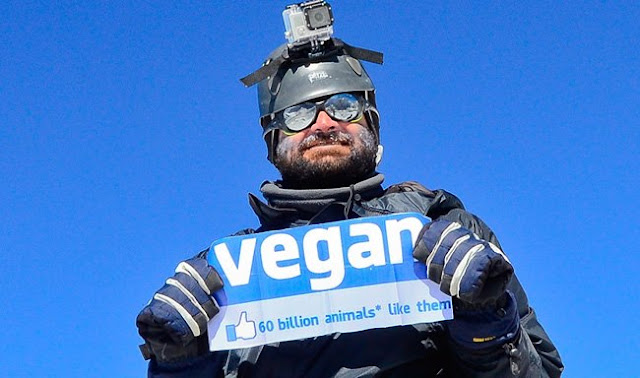Years ago, Col VS Malik from Dehradun in India had decided to initiate his daughters—twins—into mountaineering, an activity he thought would teach them the handy qualities of discipline, hard work, and aspiration. But never, in his wildest dreams, did he imagine that one day, his girls would be en route to the roof of the world, attempting to scale Mount Everest. And it all came about over a dizzyingly short period of time, he says, just four years, ending with Tashi and Nungshi—both fluent in Nepali—making their way to the Everest Base Camp, where they are at present, acclimatising. If all goes to plan, some time in mid-May, the two will head for that highest of peaks, carrying with them hopes of becoming the world’s first set of twins, and the youngest women, to conquer Everest.
Just last Sunday, the 20-year-olds were with their parents in Thamel, readying for the big adventure, making all the arrangements that such a massive endeavour entails. Their mother, whose ancestors migrated from Pyuthan to India, had reservations about their plans initially but says she’s come around now—grudgingly, of course. “It helped to meet the rest of the team that will be accompanying them,” she said. “It’s made it a little less terrifying.”
Mingma Sherpa, one of the team members, and practically a celebrity as far as guides are concerned, was introduced to the girls at Gorkha Niwas, the Indian Army’s office in Kathmandu. His cool demeanour immediately impressed the girls, and even their mother could be heard whispering, “Look at how calm and silent he is. It’s because he’s saving energy for the expedition.”
Young though they might be, the twins boast something of an impressive resume already. Tashi and Nungshi had joined the Nehru Institute of Mountaineering (NIM) straight out of high school, quickly completing the Basic, Advance, and Research and Rescue courses, both scoring the best possible grades in their classes. They are now licensed professional instructors, as certified by NIM. And so far, they’ve already scaled the 6672-metre Mount Gangotri in India in 2011, and Tanzania’s Mount Kilimanjaro, at 5895 metres, the year after that.












